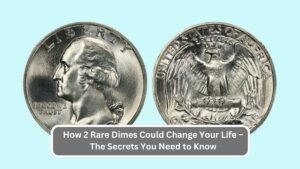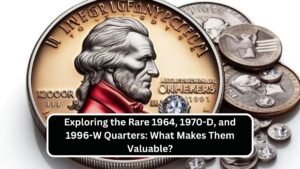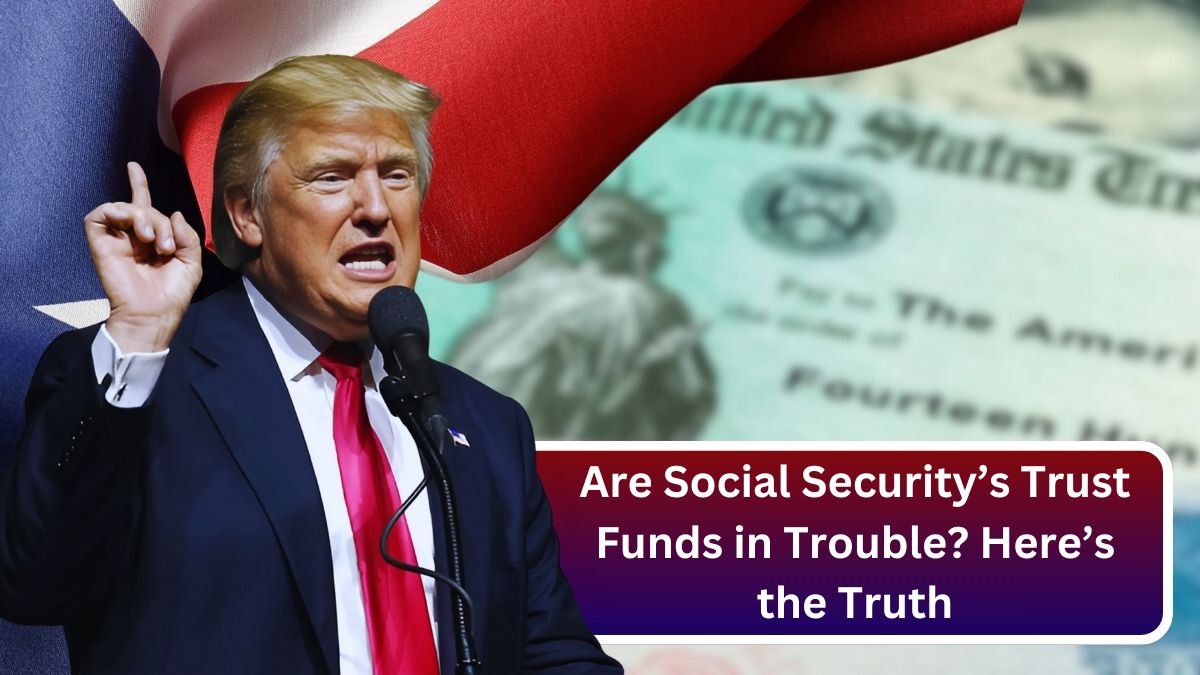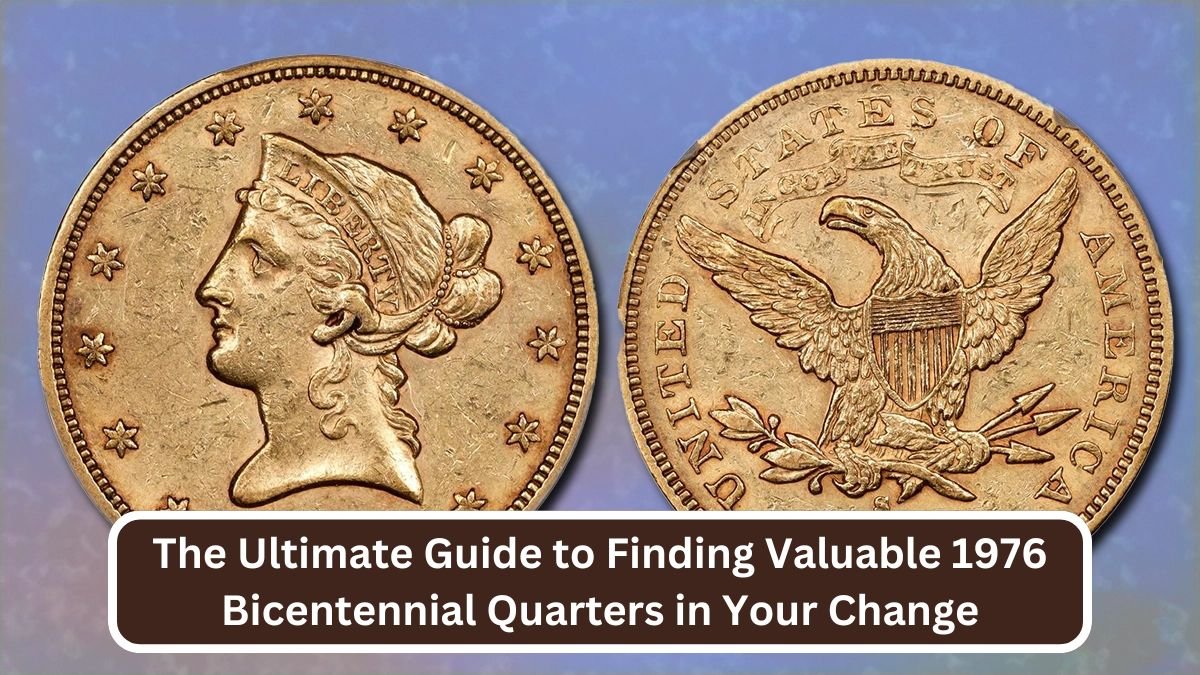In the world of coin collecting, some coins are worth a lot more than their face value. One such coin that has collectors excited is the rare dime. If you’re wondering why collectors are paying big bucks for this dime, it all comes down to its rarity and the unique qualities it has. In this article, we’ll explore why this dime is so valuable, what makes it rare, and how collectors are willing to pay a hefty price for it.
The Importance of Rarity in Coin Collecting
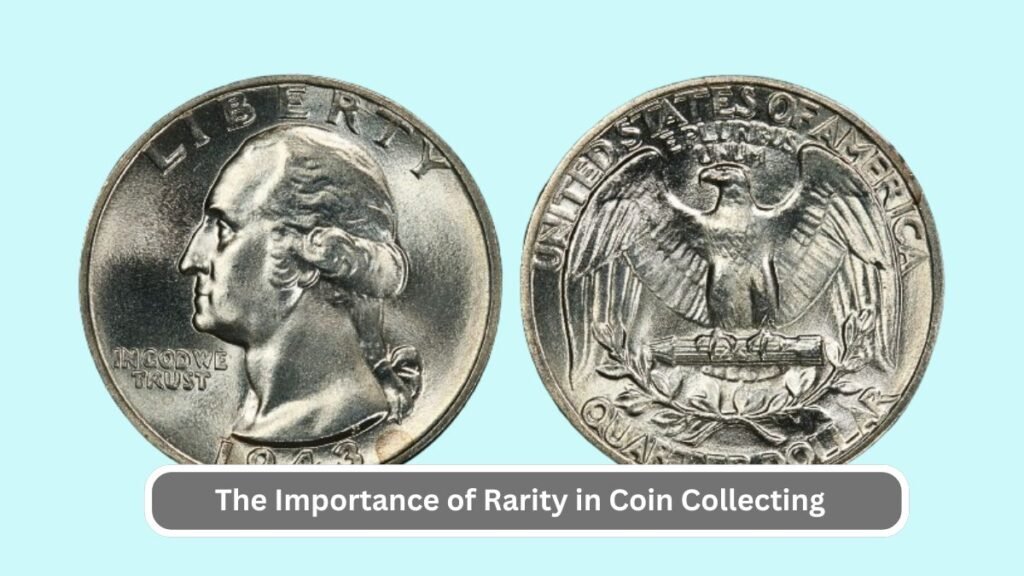
Coin collecting is a hobby enjoyed by many people around the world. Collectors look for coins that are rare, old, or have unique features. A coin’s rarity is often one of the most important factors in determining its value. The rarer the coin, the higher the price it can fetch at auctions or sales. This is why rare dimes, like the one collectors are currently paying big bucks for, can be so valuable.
What Makes This Dime So Special?
The dime in question is a special one. It is rare because it has unique characteristics that most other dimes do not have. Some of the reasons for its rarity include:
- Mistakes in Production: Sometimes, coins are made with small mistakes. These mistakes, known as “error coins,” can make the coin more valuable. For example, if a dime was struck with the wrong die or has an unusual feature, it could be worth a lot more.
- Low Mintage: Some dimes were produced in limited quantities. When there are fewer of these coins, they become more valuable over time. Coins with low mintage are often highly sought after by collectors.
- Historical Significance: Some dimes were produced during important times in history. Coins from specific years or events can be worth more because they carry historical value.
| Topic | Detail |
|---|---|
| Rarity | Rare dimes are worth more because they are difficult to find. Coins with limited mintage or unique features tend to fetch higher prices. |
| Minting Errors | Mistakes during the production process, like double strikes or misprints, make certain dimes more valuable. These “error coins” are highly sought after. |
| Historical Significance | Dimes produced during important historical events or years can have added value due to their connection to specific moments in history. |
| Condition | The better the condition of the coin (such as being well-preserved with little wear), the more valuable it is. Coins in top condition fetch higher prices. |
| Low Mintage | Dimes that were minted in smaller quantities are rarer and therefore more valuable, as fewer of them are available. |
| Demand from Collectors | Collectors are always searching for rare coins to add to their collection. The higher the demand, the more valuable the coin becomes. |
| Unique Features | Dimes with unusual features or characteristics, such as special designs or flaws, make them unique and valuable to collectors. |
| Investment Potential | Many collectors view rare dimes as a smart investment, knowing their value could increase over time due to rarity and demand. |
| Record Sales | Rare dimes, like the 1894-S Barber Dime, have been sold for millions of dollars, showing how highly they are valued in the market. |
| Special Years | Dimes minted in specific years, often tied to particular events or changes in the coin’s design, can hold a significant value for collectors. |
How Much Are Collectors Paying?
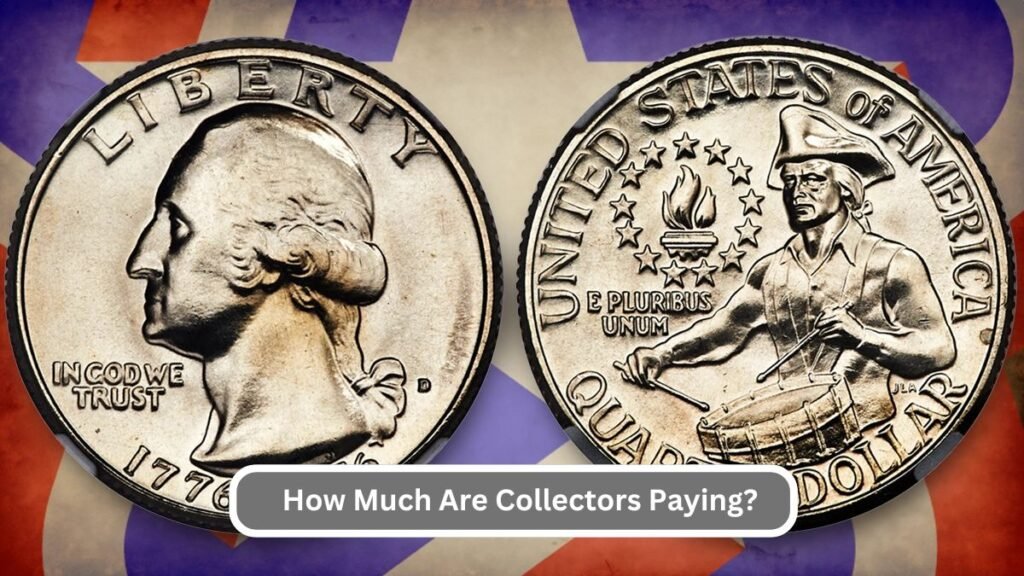
Collectors are willing to pay thousands of dollars for certain rare dimes. The value can depend on factors like the coin’s condition, the year it was made, and the rarity of any mistakes or features it might have. Some of these rare dimes are even sold for over $100,000 in certain cases!
How to Identify a Rare Dime
If you’re wondering how to identify a rare dime, there are a few things to look out for:
- Check the Year: Some years are known for producing rare dimes, so it’s important to check the year your dime was minted.
- Look for Errors: If your dime has any visible mistakes, it could be worth more. Common errors include double strikes, misprints, or unusual markings.
- Condition Matters: The better the condition of your coin, the more it’s worth. A shiny, well-preserved coin will typically fetch a higher price than a worn-out one.
FAQs
Why are rare dimes worth so much money?
Rare dimes are worth a lot of money because of their rarity, unique characteristics, and historical significance. Some rare dimes have minting errors, were produced in limited quantities, or were made during important historical periods, which makes them highly valuable to collectors.
How do I know if I have a rare dime?
To identify a rare dime, check the year it was minted, look for any minting errors such as double strikes or misprints, and assess the condition of the coin. Dimes with low mintage or special features like errors can be much more valuable than regular ones.
What are minting errors on dimes?
Minting errors occur when a coin is produced incorrectly during the manufacturing process. For example, dimes might have double strikes, incorrect designs, or unusual shapes that make them more valuable to collectors. These error coins are often worth much more than their face value.
Can rare dimes be sold for over $100,000?
Yes, some rare dimes can sell for over $100,000, especially those with unique features, minting errors, or significant historical value. The value of a dime depends on its rarity, condition, and collector demand.
What are some common mistakes that make dimes rare?
Common mistakes that can make dimes rare include double strikes (where the coin is struck twice), misprints, or errors in the design. These mistakes can make the coin more interesting and valuable to collectors.
Rare dimes are worth big money because of their rarity, historical significance, and unique features. Whether it’s an error coin, a low-mintage dime, or one with historical value, collectors are willing to pay a lot for these special coins. If you have a rare dime, it might just be worth more than you think! Coin collecting can be a fascinating hobby, and it’s always exciting to find a hidden gem.


